How Does one represent what is ‘true’ and ‘real’? …. It’s Personal
In New Realism/Altered Reality, twenty five artists share works inspired by a personal representation of what is true and real, free from the expectation to produce a fixed, visual likeness. Released from the axiom that there is a single, factual worldly reality, these artists are playfully in command of the freedom artistic license affords to explore how we see, interpret, and understand.
Thai photographer Tom Potisit beautifully juxtaposes and unites two seemingly unrelated practices - Buddhism and the artistry of Japanese rope work, Shibari, a form of bondage. His juxtaposition of a spiritual practice with one we consider corporeal brings into question our associations with each; this seamless interplay suggests that the two realms may have common ground. Canadian painter Laara Cassells highlights a different juxtaposition and overlap, that of young women separated by millennia, yet seemingly united by ethos and adornment. Cassell’s work raises questions about the viability of transcendence and understanding despite the separation of time and space.
Several artists featured in New Realism / Altered Reality utilize dual modalities such as with Noelle Maline's nostalgic paintings, in which she merges image and sound into ‘visual soundscapes’ to create nuanced narratives. In her work, Daniela Acosta records moments in time, presented in sequential fractal pencil drawings in which near-photographic freeze-frames contrast with the beauty of soft graphite and a human touch.
Similarly, this interplay between the qualities offered by handwork and technology are found in the work of Ira Upin, whose paintings stymie the eye by cultivating a tech sensibility reminiscent of digital collage, but are executed by hand. Upin’s prior work focused on large hyper-realistic paintings, and his intentional reference to the temptation to utilize digital modalites is a hat-tip to the option he chose to sidestep.
One artist that embraces technological enhancements to create rich, layered representations is Carol Bouyoucos. In her digital collage, Bouyoucos pulls photographic imagery from the natural world as well as from travel and historical references. Through digital techniques such as enlargement, miniaturization, and coloration, as well as artful composition, she creates new worlds that collapse space and perspective as in Chinese landscapes, create Boschian frolics, and hint at larger than life mushroom groves begging to be explored.
Alternative takes on reality abound, as in Christl Stringer’s surreal rooms filled with symbolic objects and impossibly contorted figures. Sculptor and multimedia artist Brittany Forrest also brings psychological intensity to abstract forms; the sculpture’s reference to female body parts is both non-specific and brutally graphic, a reality that simultaneously draws and repels.
In New Realism / Altered Reality, seeing and experiencing ‘more’ is a prevalent theme, such as in the gargantuan bodybuilders of William Ye or in Micah Ofstedahl’s hyperreal paintings of landscapes that integrate ripples and waves of energy and hint at a sixth-dimension. One step farther into other worlds, the compositional relationships between colorful geometric shapes and alien forms in the work of painter Honey Brennan belie familiar and humanistic relationships, yet her intuitive creations exist outside the realm of possibility - as we understand it.
